What Does Biodegradable Plastic Really Cost Us?
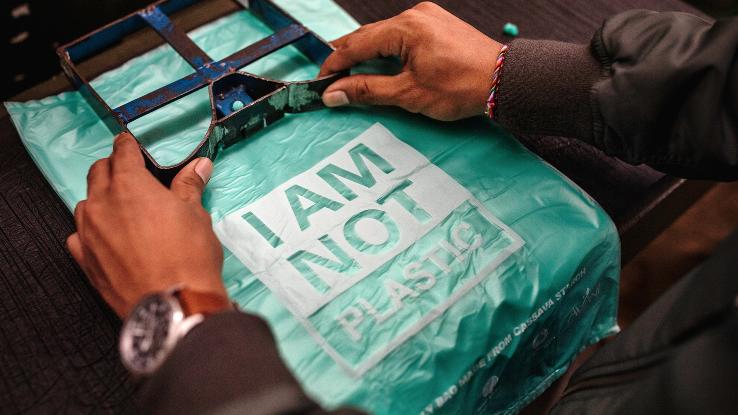
In the 1950s, most people considered plastic a miracle material. But, nowadays, there’s far more awareness about the toxic nature of plastic manufacturing, recycling and use. Namely, plastic doesn’t degrade readily, which means a single plastic toothbrush could take about 500 years to decompose after winding up in a landfill.
To make matters worse, some types of plastic may never fully degrade. Instead, they become small, bead-like microplastic pieces — beads that tend to leak chemicals or get consumed by unassuming animals. With this in mind, many plastics companies have sought to replace their long-lasting plastic pellets with more environmentally-conscious alternatives, especially given the more high-profile backlash against plastics that contain bisphenol A (BPA).
And that’s where biodegradable plastics, or bioplastics, come in. Defined as “a substance that can be broken down naturally by living organisms — like mold, bacteria or fungi — and will therefore not remain in the natural environment for a long time,” these plastic alternatives are designed to decompose over the course of a few weeks or months (via SFGate). Often, they’re made from ingredients like seaweed, rice, corn and stressed-out microorganisms, all of which don’t leave microplastics behind in their wake. But is the manufacturing process as eco-friendly as it’s purported to be? And are there other alternatives to plastic that we need to be seeking out and investing in instead?
The Environmental Impact of Biodegradable Items
First, it’s crucial to consider the fact that nearly all biodegradable plastic items are single-use plastics. Buyers will purchase the plastic product, use it, and then either attempt to recycle it — or, if recycling isn’t convenient, simply toss it in the trash. Grocery bags, packaging, gift wrap and cutlery are the most common single-use plastics that we encounter on a daily basis, and all of them contribute to the overall burden of plastic pollution — more so than any other type of plastic. So, what about bioplastics? Well, even though bioplastics break down into natural, non-harmful components, they can still become an environmental hazard due to their sheer abundance.
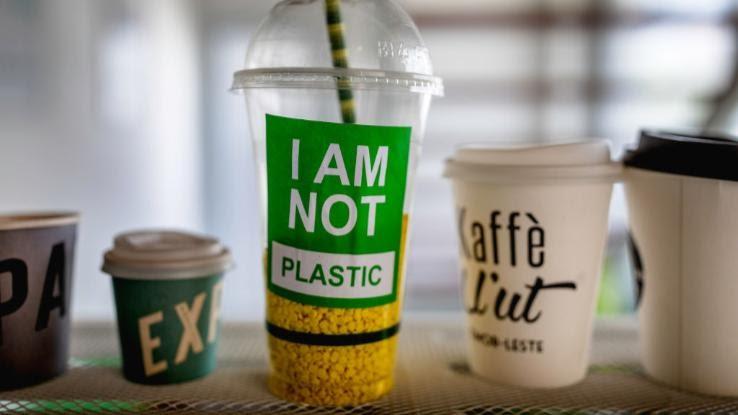
However, the most worrisome aspect of bioplastic is the toxicity of their manufacturing process. Somewhat surprisingly, many forms of bioplastic are less eco-friendly to produce than standard plastics. The plant materials used to produce bioplastics may generate greater pesticide and fertilizer use — and they might require more land and water. In fact, the one of the only major production advantages when it comes to biodegradable plastics is that they don’t produce as many greenhouse gasses as traditional plastics.
The Financial Cost of Producing Biodegradable Plastics
When it comes to monetary cost, it’s pretty clear that biodegradable plastics are the pricier option. According to SFGate, “biodegradable materials are two to 10 times more expensive to produce than comparable non-biodegradable materials,” something that’s often reflected in the price of a given product. Nonetheless, this might deter folks from purchasing items made of biodegradable plastic — not because they aren’t concerned about the environment, but due in large part to affordability.
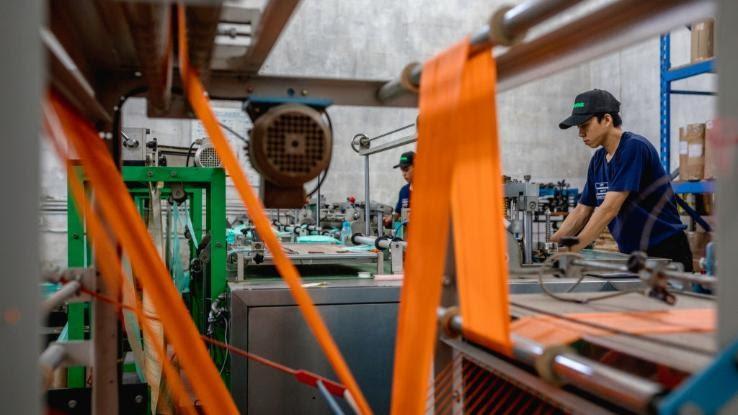
Although the cost to the consumer might seem larger up front, the long-term ramifications of choosing single-use plastics might help folks frame that expensiveness in a new way. That is, even though bioplastics have a higher production cost, the overall associated costs are far lower than those associated with traditional plastics. This is so because old-fashioned plastic products leach harmful chemicals into the environment for hundreds of years. Although reducing, reusing and recycling sounds simple enough, cleaning up plastics can (and will) cost governments around the world billions of dollars.
To complicate things further, the rise of different types of plastic alternatives, like glass, have led to transportation issues. That is, glass is heavier than plastic, which means transporting these items is more costly. In this way, lightweight bioplastics certainly have an advantage over their eco-friendly counterparts.
Worthwhile Alternatives to Biodegradable Plastics
When it comes to living your life sustainably and comfortably, you may feel as though you constantly have to choose between the eco-friendly thing and the convenient thing, but this might not be the case. Think about all of the belongings you’ve ever owned that have been made of plastics. Now consider all of the items you currently own. Chances are, there’s already a significant decrease in plastic usage.
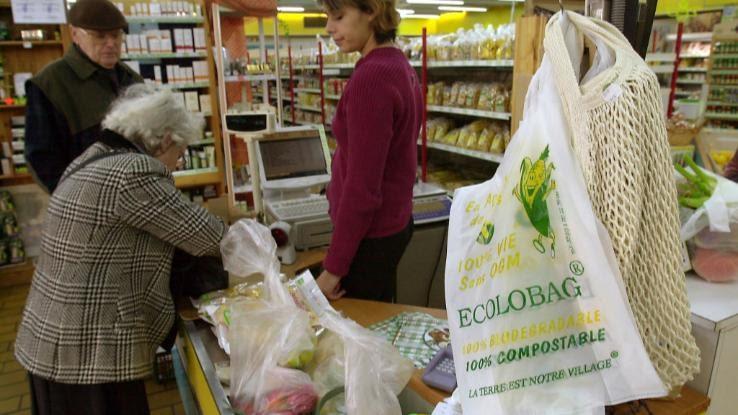
On a personal level, folks are investing in reusable aluminum straws; using beeswax sheets to keep food fresh; swapping plastic cutting boards for bamboo ones; and storing household items like detergent and soap in longer-lasting (and refillable) glass, resin and wood containers. While small changes in our individual habits doesn’t have the kind of impact large-scale changes in corporate policies would have, every bit helps.
That is, Starbucks, which has been described as a “‘Cup Monster’ by some environmental groups,” loads landfills with an estimated “6 billion of its disposable cups” annually (via The Guardian). While the Seattle-based coffee maker has taken flack for focusing on cutting down on straws — and not addressing its numerous other impacts on the environment — it’s clear that consumers care about the impact single-use plastic has, and, hopefully, that will lead to more accountability from plastic producers and large corporations. All of this to say, the shift to sustainable materials is well underway.
Looking Ahead to a More Sustainable Future
Glass, stone, wood, metal and bioplastics aren’t the only materials we can begin using to change our world for the better. Thanks to plenty of novel ideas and a dash of scientific investigation, you can already find cookware and other utensils made from alternative materials, including wheat straw, rice husks, seaweed, bamboo, mushrooms, banana leaves and more.
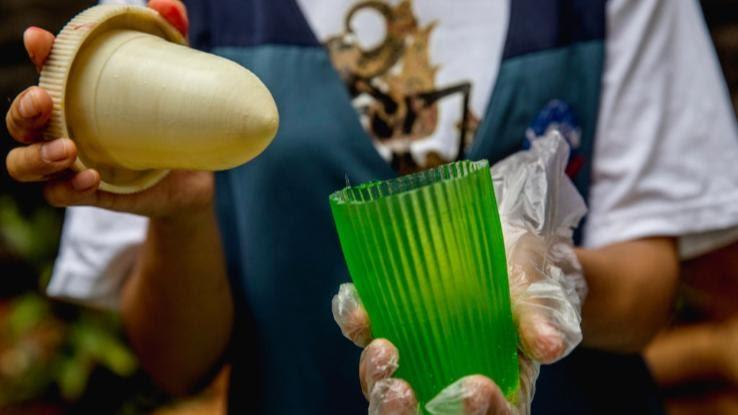
Many of these items last for several months or years and only degrade when composted or left in an excessively warm, moist environment. While they might be solid alternatives now, it’ll be interesting to see what happens as the production of bioplastics becomes more sustainable and less costly. For now, try your best to incorporate eco-friendly products into your day-to-day and, above all, remain mindful of the products you’re buying — and where they’ll end up after you’ve used them.





